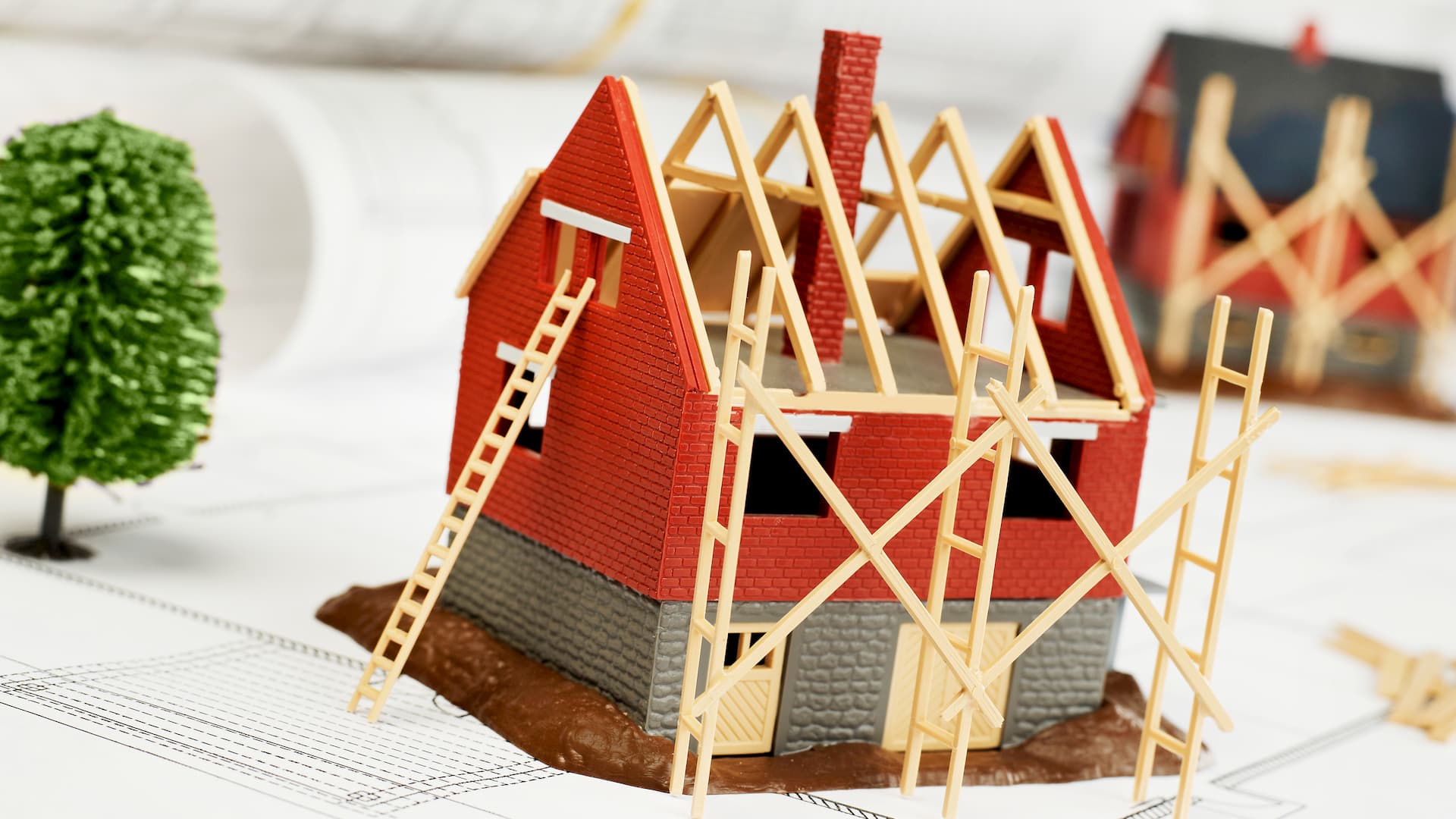


Landlords spend an average of £12,000 per property refurbishment
While much is often made of unscrupulous landlords in the UK’s still growing Private Rental Sector, research based on official data shows that thanks to investment from buy-to-let landlords, the standard of rental properties in the PRS has actually improved dramatically over the past ten years. Indeed, thanks to refurbishment by PRS landlords, which costs an average of £12,000 per property, the proportion of rental homes classed as non-decent has almost halved in a decade.
This highlights that not only do PRS landlords make a valuable contribution to the UK’s rental sector, they also help to support the UK’s economy. That’s something that’s important right now in particular, as confidence in the UK is uncertain at best amid the Brexit and political backdrop.
Bringing existing housing up to standard
The UK’s BTL landlords are investors who provide something that is in high demand and this dynamic helps ensure that most investors make a return on their investment. However, in many cases, the initial investment in a rental property goes far beyond the purchase price. Aside from the stamp duty land tax that many investors pay, there are also:
- Buying/estate agency/solicitor fees.
- Mortgage fees (where applicable).
- Any letting agency costs.
- Renovation and decoration cost.
As far as refurbishment costs go, not all properties are equal and in some cases, BTL property owners must spend tens of thousands of pounds to ensure their investment property is liveable, safe and secure and desirable for the target tenant.
Specifically, the research shows that where a heavy refurbishment is required, where conversions and extensions require planning permission, the average amount spent is £40,000. However, light refurbishment, such as minor modernisation and decoration, costs an average of £7,000.
For landlords who are considering spending thousands of pounds on the improvement of their rental property, they must be confident that they will recoup that outlay through the rent they can charge. To help ensure that rent will be paid, it can be a good idea to request a rent guarantor from your tenant. This gives landlords peace of mind that the rent will be paid, come what may, which can be particularly welcome after making such a significant outlay on a property.
Renovations boost property values
While those amounts spent on rental property refurbishments are high, they’re not without reward. For landlords who spend around the £7,000 on a light touch rental property refurbishment, they can expect their rental income to rise and the value of their property to increase by some £9,000.
For those landlords undertaking a larger renovation of their rental property, the value of their property is calculated to increase by an average of £96,000.
“As the PRS has grown, it has also professionalised. As it has done so, the standard of accommodation for tenants has improved drastically too,” said Darrell Walker, Head of Sales at InterBay Commercial. “Refurbishment has been central to this improvement. It is a win-win for tenants and landlords. Tenants see better quality accommodation, while landlords improve the rent they receive and maximise the value of the property.”
“Nonetheless, continued investment in the sector is not a foregone conclusion, and it must be supported rather than undermined. Landlords have been buffeted by the headwinds of policy change since 2015, and costs have risen for investors. Should this rate of change continue, it will weigh on landlords’ decisions to spend more on their portfolios, and risks undermining a decade of progress,” Walker added.



